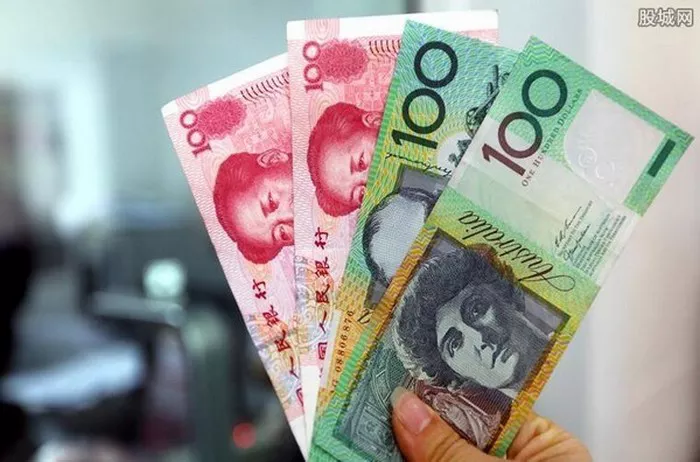AUD/USD continued to extend its losses on Wednesday and found it difficult to stabilize. The Australian dollar fell against the U.S. dollar on the previous trading day, driven by a stronger U.S. dollar driven by rising U.S. Treasury yields. Market participants reduced speculation about an interest rate cut by the U.S. Federal Reserve. Rising tensions over conflicts in the Middle East also contributed to investor caution. Additionally, lower commodity prices, likely reflecting concerns about weak demand from China, also weighed on the Australian dollar.
Australian consumer confidence data showed a contraction in January, leading to speculation that the Reserve Bank of Australia (RBA) may not tighten policy further at its upcoming board meeting in February, putting pressure on AUD/USD.
China’s fourth-quarter gross domestic product (GDP) grew 5.2% year-on-year, below expectations of 5.3%. Industrial production rose 6.8% (year-over-year) in December, versus expectations for 6.6%. Retail sales rose 7.4% year over year, missing consensus estimates of 8.0%.
China’s consumer prices fell for a third consecutive month in December, and producer prices also fell. This indicates that China continues to have deflationary cost pressures. However, China’s economy will grow by about 5.2% in 2023, Premier Li Qiang said in a speech at the World Economic Forum in Davos on Tuesday. This growth rate is slightly better than the official target set by the Chinese government.
The U.S. dollar index (DXY) held steady after four days of gains, with recent comments from Federal Reserve officials providing support. Federal Reserve Governor Christopher Waller warned that despite positive developments in the inflation outlook, the central bank is in no rush to plan for rate cuts.
Atlanta Fed President Raphael Bostic also said over the weekend that cutting interest rates too early could lead to volatile inflation. Bostic stressed that the deceleration of inflation towards the central bank’s 2.0% target is expected to slow in the coming months.


